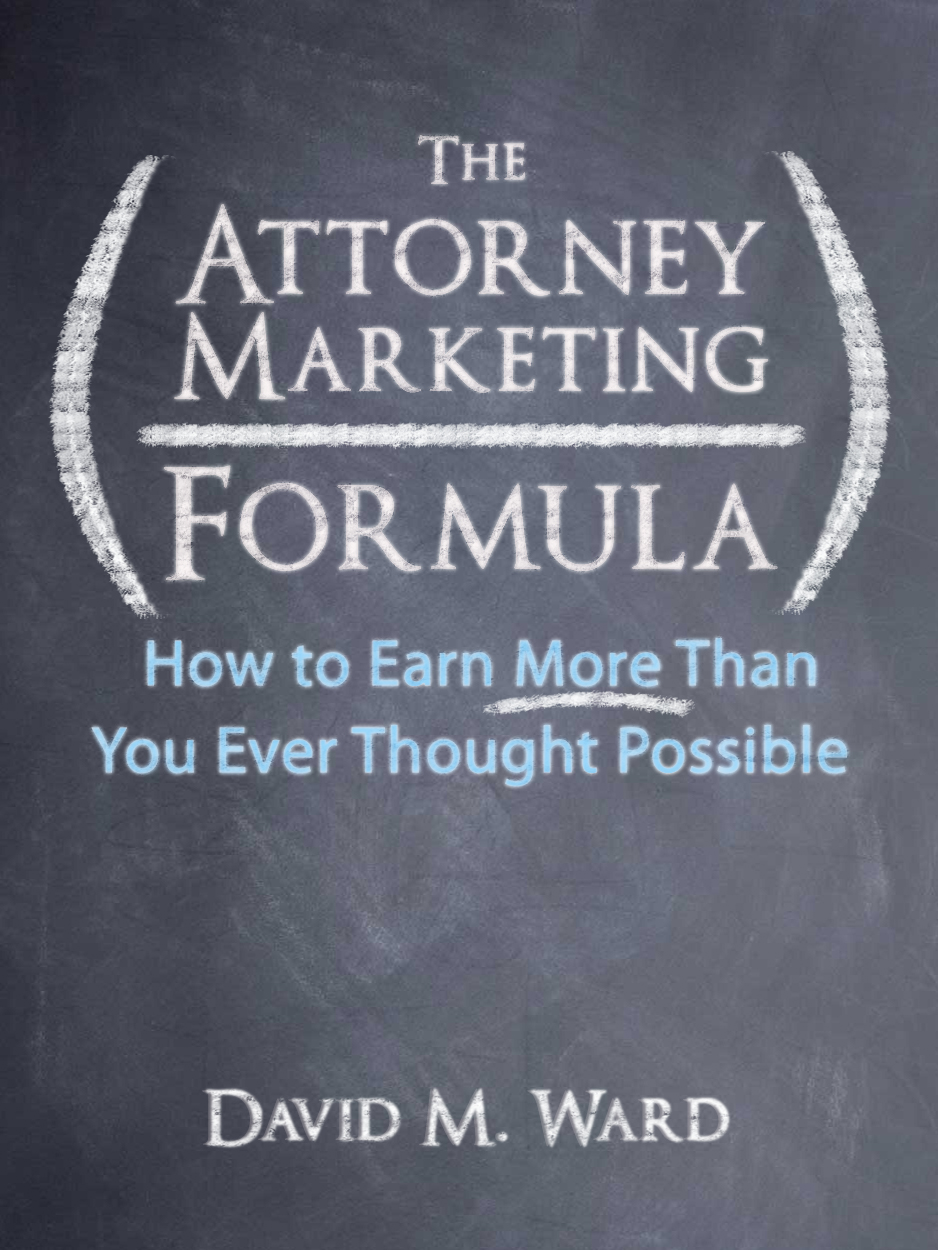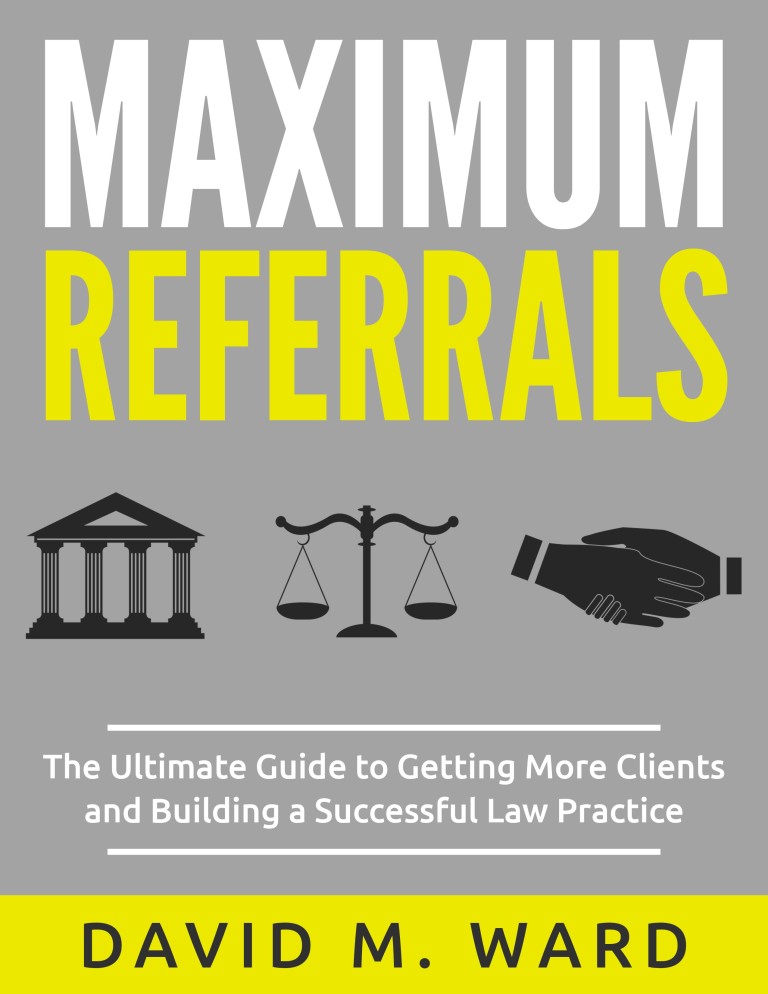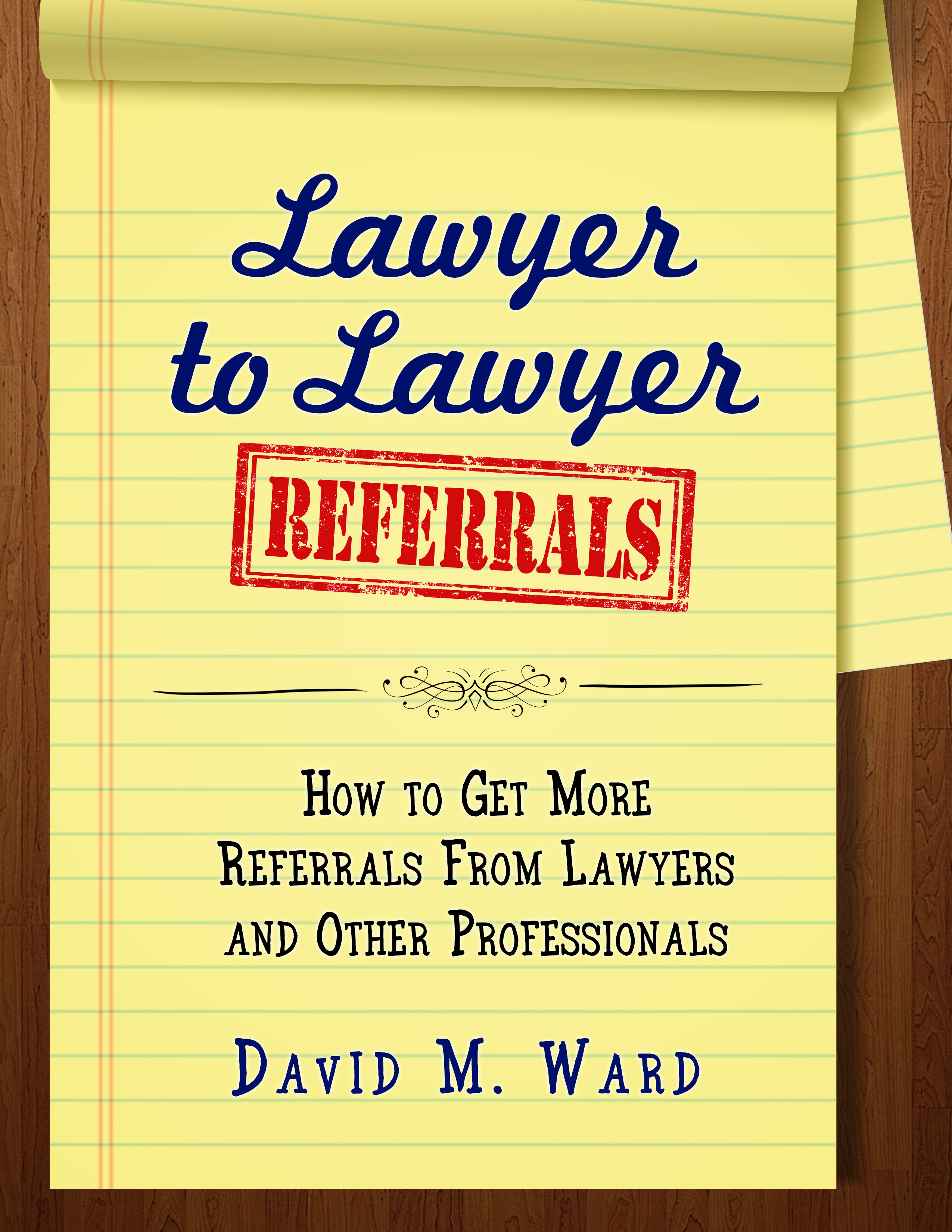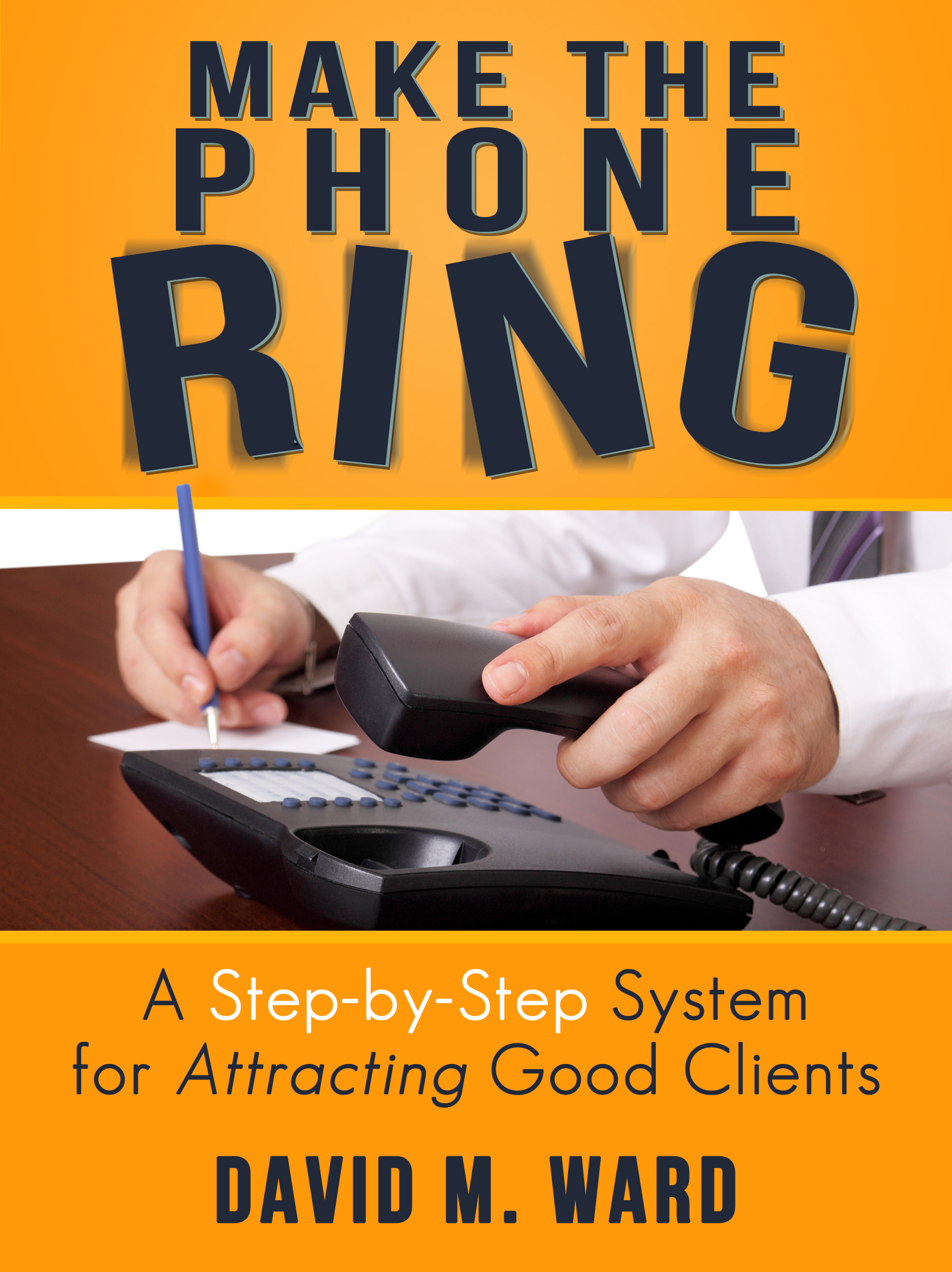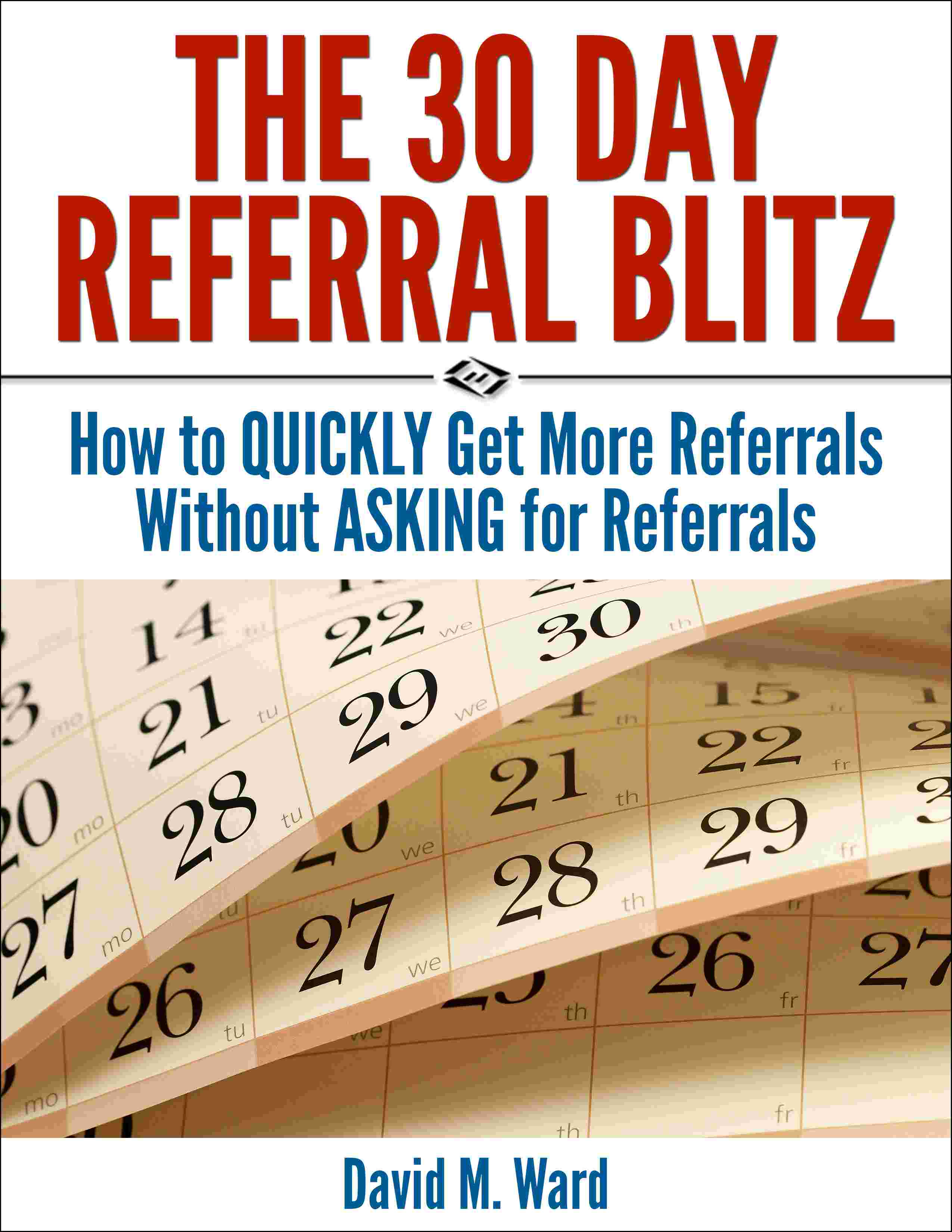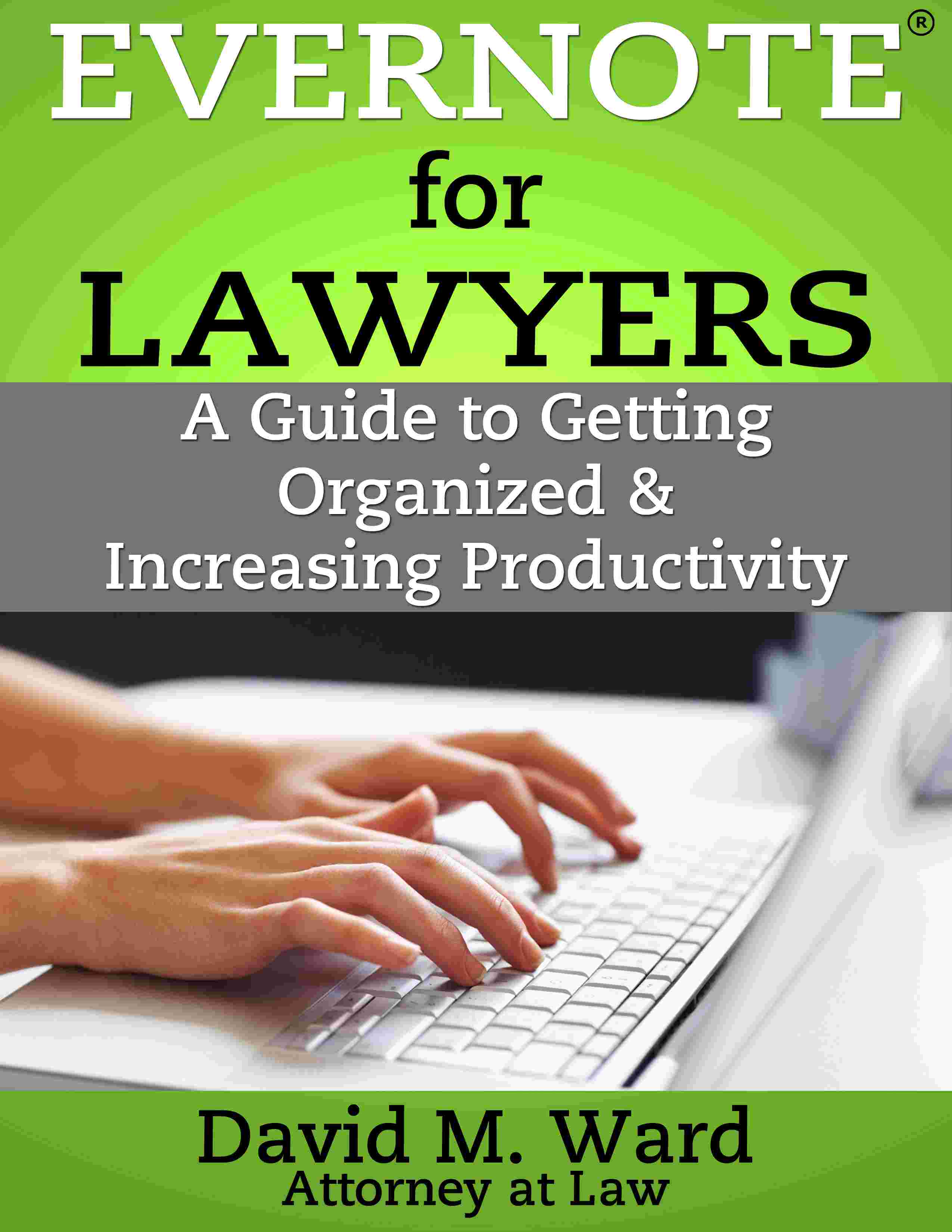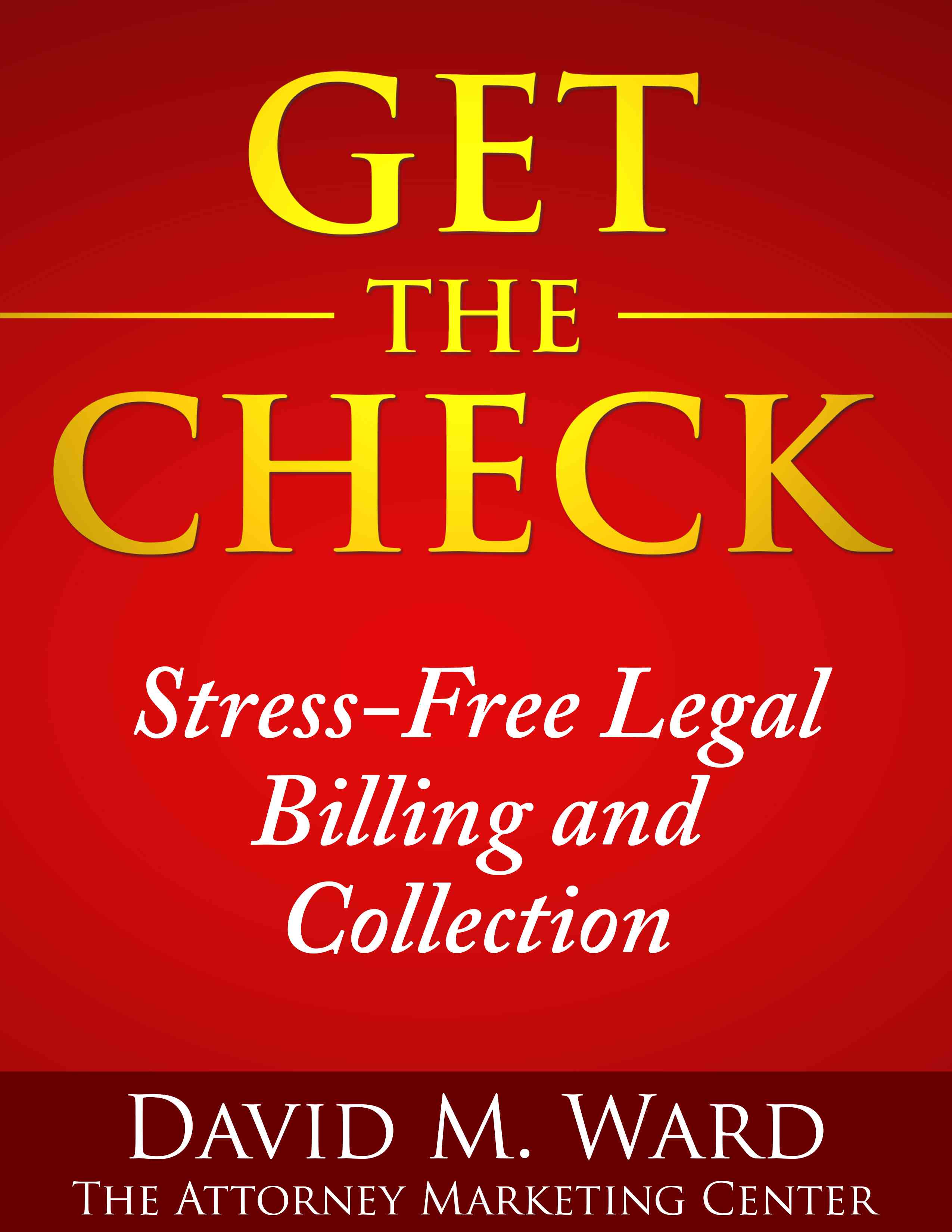“We often assume that productivity means getting more things done each day. Wrong. Productivity is getting important things done consistently. And no matter what you are working on, there are only a few things that are truly important.” So says James Clear in his blog post, The Only Productivity Tip You’ll Ever Need.
His advice: “Do the most important thing first every day”.
It works because our energy is higher, our willpower is stronger, and because human nature compels us to finish what we start (so start something important). When you do the most important thing first, other things that come up during the day won’t keep you from doing what’s most important because, well, you’ve already done them.
If you are a night owl, if you aren’t at full throttle until some time after the morning, start there. Whenever you start working, work on the most important task first.
Clear acknowledges that most people don’t do this. We are conditioned from an early age to respond to the stimuli around us, and we do. We answer emails, return phone calls, and take care of whatever might be in front of us, even if it’s a low priority. We also have work assigned to us by others, or by our duties as parents, and we are conditioned to take care of these things first, even if they aren’t the most important tasks in our day.
Clear doesn’t suggest shirking our responsibilities, but to make room in our life for the things that best serve our agenda, not necessarily someone else’s.
I’m guilty of this myself. I write a daily blog post. I don’t do it first thing in the morning, but I do it before working on other projects which are more important. I write the blog post “first” to get it done, so I can spend the rest of the day working on other things. I get the post done every day but I don’t always get as much work done on my most important projects. In fact, some days, I don’t get anything done on them at all.
I like the idea of starting the day with my most important task which right now means finishing a new book. My fear is that I will get engrossed in working on the book and leave no time to write a blog post, or other things I need to get done during the day.
I think the answer might lie in time blocking. That is, starting the day committed to a block of time for the most important task(s). Give it an hour, or two, and then work on other things. If there’s time left over, I can go back to the most important tasks.
I’ll try it and let you know how it goes.
I use Evernote to be more productive. See how in my ebook, Evernote for Lawyers.

